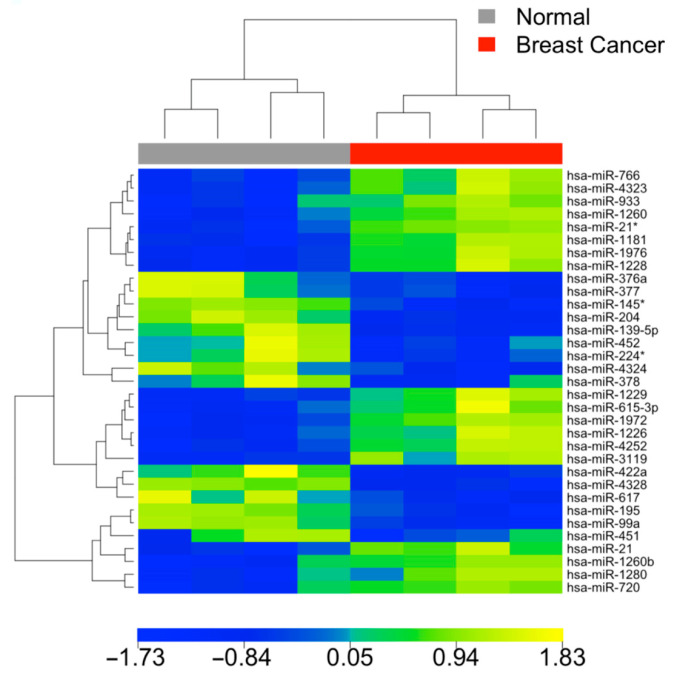Science
- Home
- Science & Pipeline
- Science
The Science of RNAi
Leveraging the body’s naturally occurring ribonucleic acid interference (RNAi) response, Canary is working to develop therapies that target key disease proteins.
RNAi therapies utilize two short segments of RNA, known as short interfering, or silencing RNA (siRNA), to defeat proteins involved in the progression of certain diseases. The siRNA segments are encapsulated within a histidine-lysine polypeptide (HKP) that ensures their intact delivery to target cells within the body. Once taken up at a cellular level, the siRNA strands are released to activate an enzymatic process driven by the RNA-Induced Silencing Complex (RISC). Through this process, the messenger RNA strands of the disease proteins are targeted and cleaved, ultimately preventing their function to express proteins within a cell.
In addition to the synergistic effect of dual gene/protein targeting, RNAi therapeutics work to prevent the reproduction of harmful proteins within the body, rather than neutralizing existing disease. Additionally, this new class of drugs offers speedier development timelines compared to traditional methods of development involving the screening of small molecules or generating antibodies against a protein. This speedier development along with the potential for earlier treatment offers hope for improving the lives of patients who have been diagnosed with conditions ranging from cancer to fibrotic diseases.
Canary DigiGENE miRNA Diagnostic overview
Our point of care diagnostic platform uses Al to read miRNA expression patterns in complex diseases at the earliest stages.
Studies have shown a clear distinction in miRNA expression patterns between disease sample and normal healthy samples. Below is a heat map of matched the same four breast cancer patients showing separation of miRNA expression profiles in tumors and normal tissues.

- First-in-class targeted microRNA therapy slows cancer tumor growth



